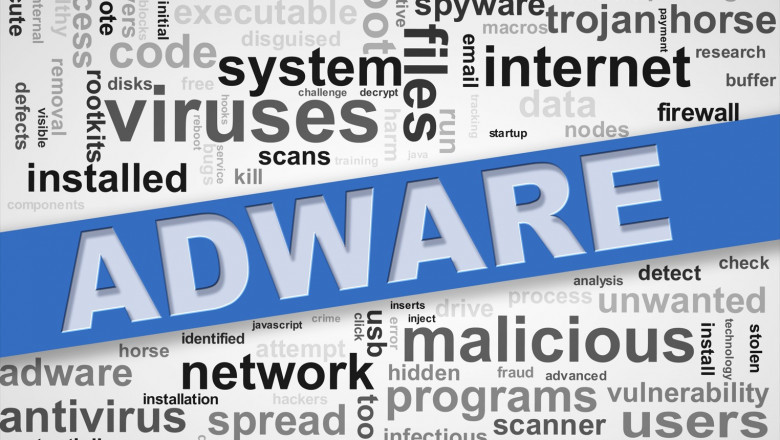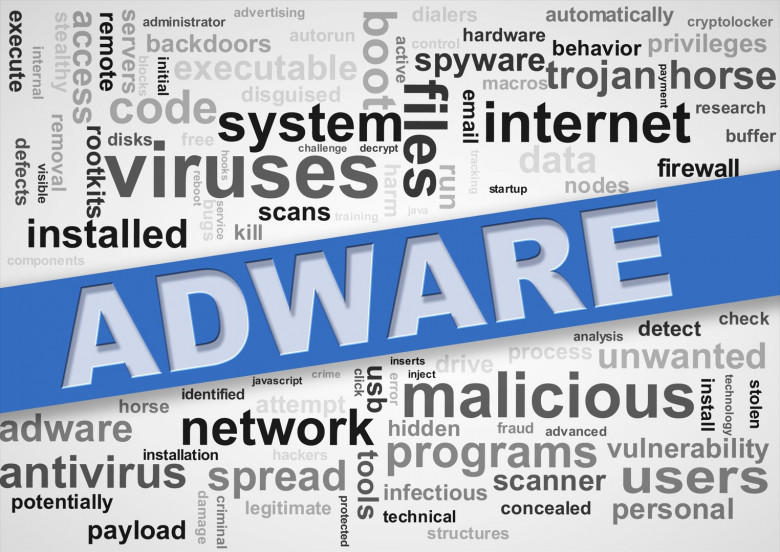views

One
of the most common threats to a user's online security is Adware. Most people
know that malicious programs are widely distributed through fake antivirus
programs, but do you know that the most common malicious program is Adware?

Adware
allows affiliates to display pop-up ads, banner ads, and other forms of advertising
on a user's computer whenever they browse the internet. It is a silent threat
that you need to know about, and this article will teach you everything you
need to know about it.
What is an Adware?
Adware
refers to a type of malware that displays unwanted advertisements on your
computer or device. Adware has the potential to become malicious and harm
your device by slowing it down, hijacking your browser, and installing viruses
or Spyware.
If
you are a frequent internet user, there is a great chance that you have
accidentally installed some adware on your system. Did you ever wonder how this
happens? How does Adware gets injected into your computer system?
The Adware usually gets installed
on any user system bundled up with legitimate applications and injects
affiliate cookies through pop-up ads, auto redirection, push ad notification,
or click-jacking.
How Does Adware Gets Injected Into Your System?
Adware
and malware come bundled with free software, and the same is distributed across
different websites. User's download free software, assuming that it's a regular
program, but malicious affiliates bundle up Adwares with the legitimate
applications.
When
the application is installed, its installer package will also install other
components without your permission. Adware is the software that interrupts the
user interface while browsing online. Sometimes, it's called an ad-injection
tool or a browser hijacker. What does this mean? Adware is a program that
displays ads to users to generate web traffic, clicks, and revenue for the
creators of Adware. There are two most common ways by which Adware gets
downloaded in a user system.
1. Software Applications:
Most
of the users get their system infected with Adware through shareware and
freeware programs. Affiliates bundle up Adware with legitimate applications,
and when users download any of the infected software applications, Adware gets
downloaded in the user system.
2. Web Browser Extensions:
Hijacking
web is an attack vector that allows an attacker to gain access to a user's
computer and take control of it. One of the most common ways of hijacking a
browser is by exploiting security vulnerabilities in browser plugins. This
allows the attacker to gain access and then silently install malicious code and
tools.
Effects of
Adware on your system
There is a long list of things that Adware
can do to your system. Few are listed below:
·
Bombardment
of pup-up Advertisements
·
Slow speed of
the computer system or device
·
Changes in
the web browser homepage of the user
·
Crashing of
the user device
·
Auto-redirection
to a malicious website while using the internet
·
Hijacking the
click elements on the user screen
·
Adding
Spyware to steal the user personal information
VPT offers a range of Brand Compliance Monitoring tools based on
customized customer requirements and Affiliate
Management Services to track and monitor the activities of the
publishers in the advertiser's affiliate network.
With our digitized services, protect your brand
reputation and give your customer an undisrupted experience. Visit our website
www.viruspositive.com or write to us at sales@viruspositive.com












